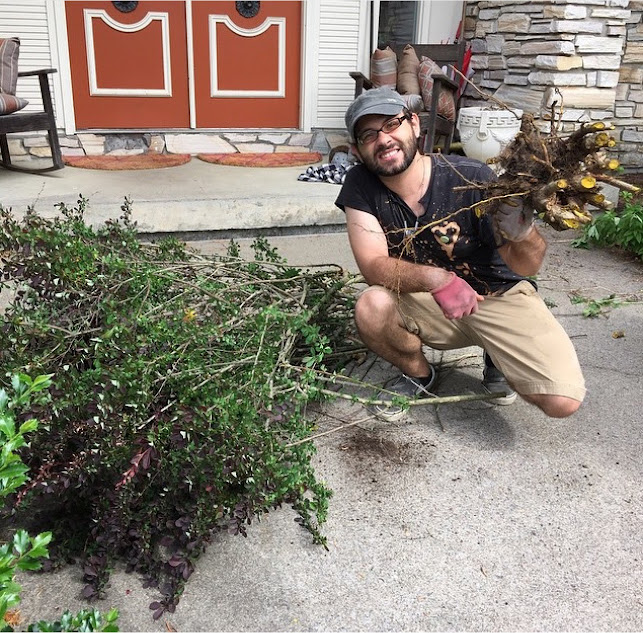Invasive plant species New York.

Invasive Plant Species in New York: What to Watch For.
Invasives are certainly a growing problem across New York State. These non-native plants spread aggressively, soon outcompeting native species, disrupting ecosystems, and reducing biodiversity. Whether you’re a homeowner, land manager, or nature lover, it’s important to know which plants to avoid—and remove if found.
Here are five of the basically worst invasive plant offenders in New York:
1. Burning Bush (Euonymus alatus)
This popular landscaping shrub turns bright red in fall, but it’s highly invasive. Burning Bush spreads quickly in forests and soon outcompetes native understory plants.
2. Japanese Barberry (Berberis thunbergii)
Common in suburban yards, Japanese Barberry creates dense thickets that reduce native plant diversity and increase tick habitat.
3. Purple Loosestrife (Lythrum salicaria)
A striking wetland plant with tall purple spikes, Purple Loosestrife takes over marshes and outcompetes native wetland species, harming birds and amphibians that rely on native plants.
4. Oriental Bittersweet (Celastrus orbiculatus)
This fast-growing vine wraps around trees, cutting off sunlight and strangling trunks. It’s especially damaging in forests and along edges of woodlands.
5. Japanese Knotweed (Fallopia japonica)
Perhaps the most notorious invasive, Japanese Knotweed grows aggressively along roadsides, rivers, and in backyards. Its deep roots can crack foundations and are nearly impossible to remove once established.
6. Japanese Honeysuckle (Lonicera japonica)
is another highly invasive plant species in New York. While its fragrant flowers may seem appealing, this fast-growing vine smothers native plants by forming dense mats and climbing over shrubs and trees. It thrives along forest edges, roadsides, and disturbed areas, spreading quickly by both seeds and runners. Once established, Japanese Honeysuckle is extremely difficult to remove and causes long-term ecological damage. Avoid planting it, remove it early from your gardens and opt for native vines like Trumpet Honeysuckle (Lonicera sempervirens) instead.
These invasive species are not just a backyard nuisance—they pose serious ecological threats. By learning to identify and remove them, you can help protect New York’s native landscapes.
For an eco-friendly alternative, consider replacing invasives with native plants that support pollinators and wildlife. At Jessecology, we specialize in habitat restoration and native garden design. Contact us today if you’re ready to start a habitat garden project!
Some plants still widely sold in nurseries are raising red flags among ecologists for their potential to become invasive in the near future. Buddleia (Butterfly Bush), Spirea, and Daylily may seem harmless—or even beneficial—but they spread easily, displace native plants, and offer limited ecological value. Despite their popularity in home landscapes, these species are now under close watch for their aggressive behavior in natural areas. Choosing native alternatives helps prevent future invasive problems and supports local biodiversity.
